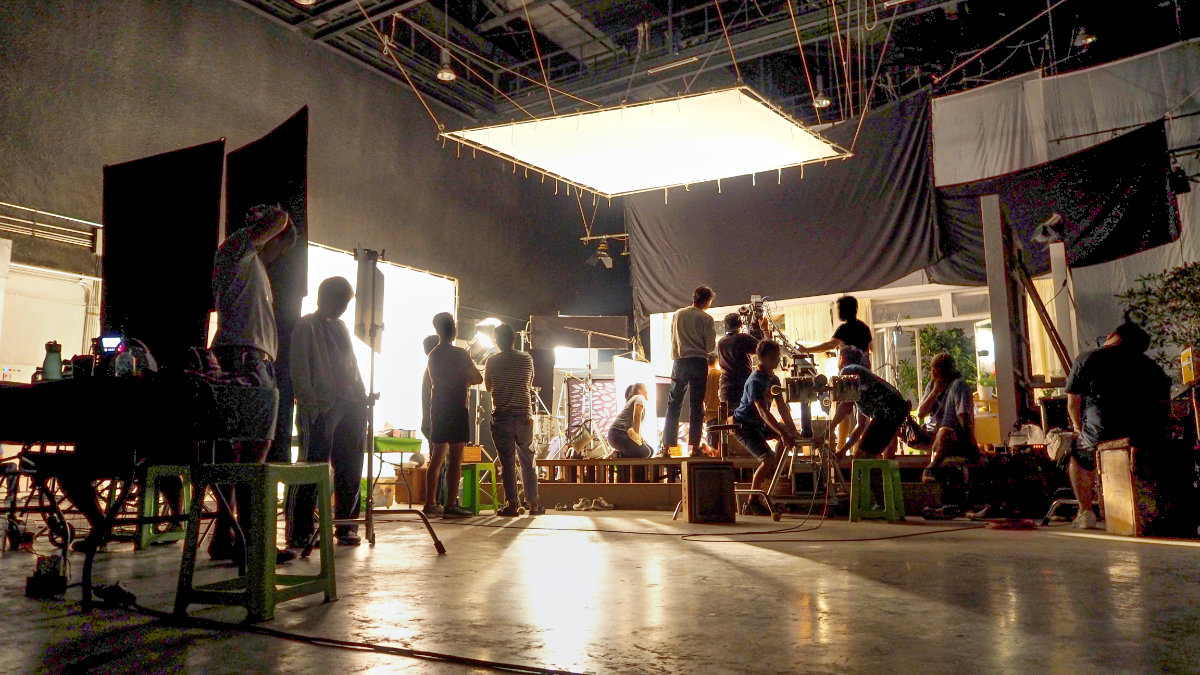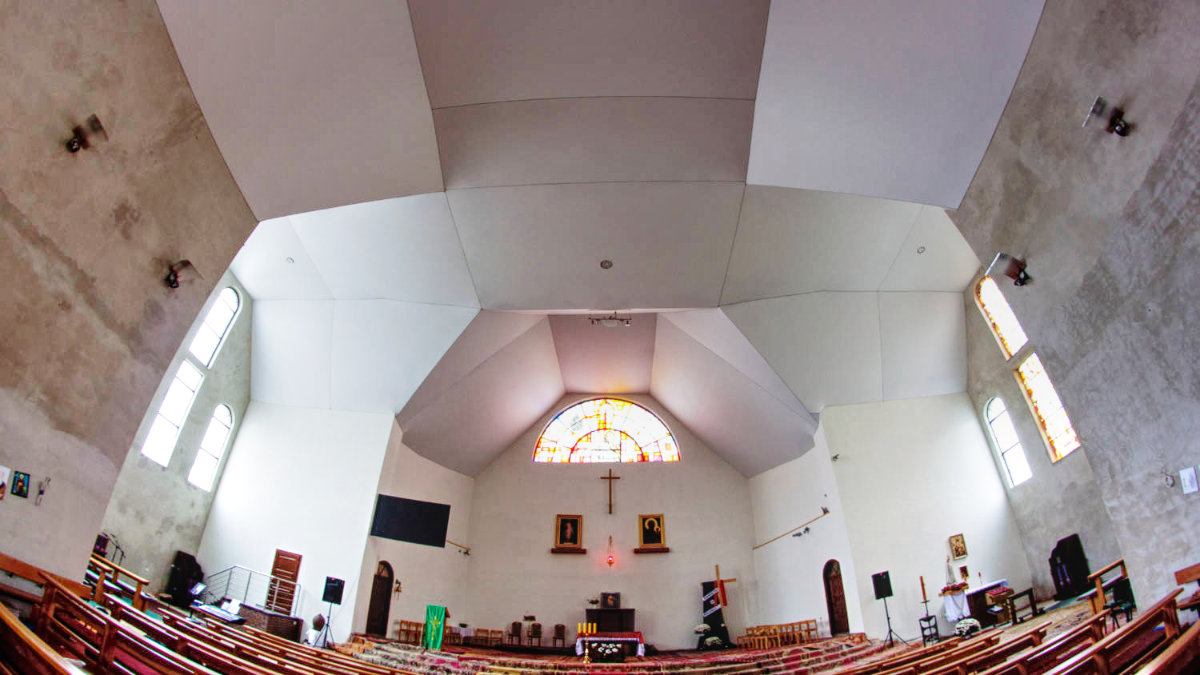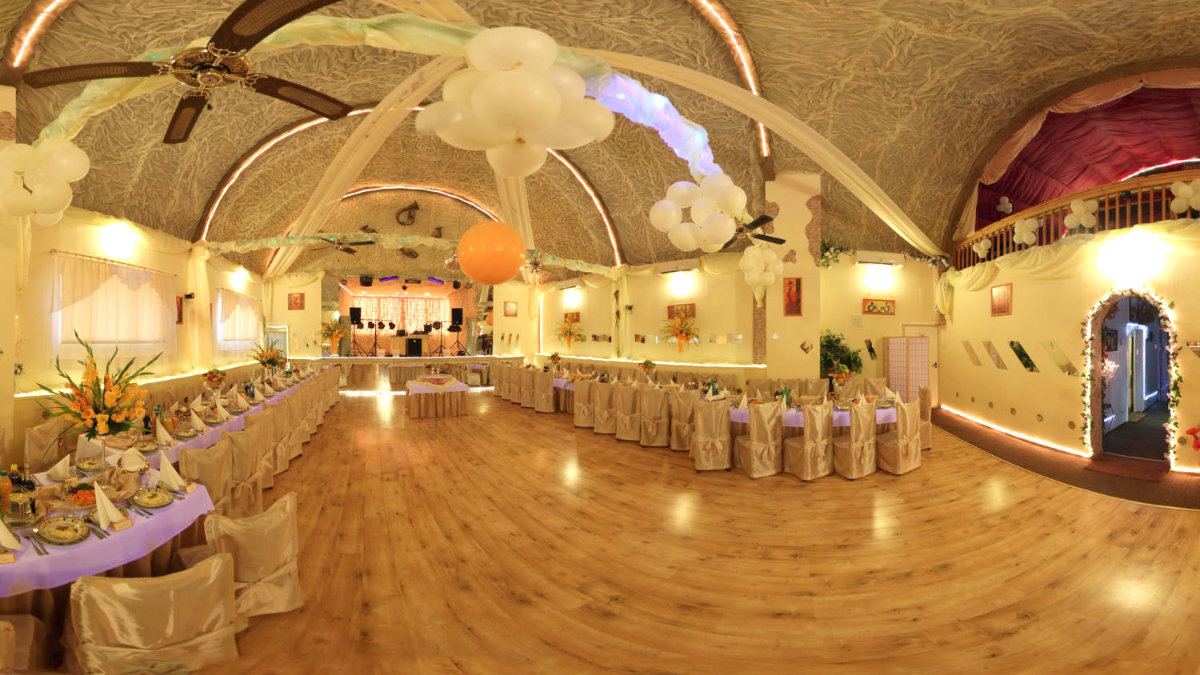I’m sure I’m not the only person in the world who doesn’t stop thinking about work while on vacation. This does not mean, however, that I am tired of unfinished business with clients and that I cannot relax thinking about something else… Just watching a series or a movie, I pay attention to the details of the interior design – interior design in cinematography. Not once, not twice did I stop the frame or rewind the scene to take another look at the finishing elements used.
Working all day on the selection of details, furniture or wall and ceiling designs, it is hard not to pay attention to what filmmakers show in their works. Of course, the whole lot of scenography is artificial and, apart from “looking”, it has nothing more to offer – neither ergonomics nor stylistically better solutions. However, there are also a lot of ordinary locations where series, dramas or dramas are filmed and they are not invented from scratch, but only slightly changed so that the camera operator has no problems and the light is enough to record the image on the camera. However, there is also room for new trends and their presentation, especially in productions that depend on the appropriate setting.

Each of us is looking for inspiration from time to time and the art of film also provides such. Sometimes it works the other way around. The producer saw something and is looking for a technological solution to get the effect and the whole thing didn’t fall apart after a day. Fortunately, set design is not made forever, so sometimes you can cheat the viewer a bit.
How does what I see on the screen affect my work?
Translating the film into professional work begins with the trends visible in the latest productions, which I would probably never witness live. It’s hard for me to define, but sometimes the composition of the room or the style of the graphics on the wall makes me think how a given effect was achieved? However, most filmmakers play with light, color or texture, but very often there is nothing to look at. Sometimes I even caught myself not following the plot, just wondering what the surroundings of a given scene look like?
What do I most often pay attention to? For furniture, finishing elements and methods of covering walls and ceiling. A beautiful stylish chair that fits the design made me start looking for the same or equivalent for the client. Same with tables and cabinets. I’m also always interested in what covers the wall? If it’s paint, has it been broken in color? If wallpapers, are they plain paper or printed vinyl?
Ceilings are also an interesting topic, the more so that they are rarely exposed on film. There are directors who use a specific style of filming the hero from below to show his alienation (e.g. Mr. Robot) and there we will often see the ceiling in its glory. Often, however, it is blurred as a less important element of the background. Most often we will not see the ceilings at all – pay attention to this during the screening… It really doesn’t happen often. The reason is usually because the ceiling is “dull”, there are often microphones and lights placed there or not at all so that the operator has a place to create shots from above.
Interior finishing in cinematography as a hobby
Once I came across a Finnish film because its title interested me in the industry. “Ceiling” (“Katto”). Intriguing right? The ceiling really plays an important role in it, because it is an allegory of the protagonists being overwhelmed by the divorce.
For years, my work has been broadly understood interior finishing, and my hobbies are movies and TV series. I used to think I watched as much as everyone else, but I finally found out that I was way over the average… I have a good memory – some say it’s phenomenal for movies, but it doesn’t help at all, and even hinders. So, step by step, day by day, I built a list of movies using the “famous portal with funny pictures” for this purpose. So now I don’t have to choose a movie for the evening, and several people benefited from it. My own list of movies ends with over 1000 productions, and I proved to myself that this hobby is not so innocent.
Recently, when I suggested to my father to read Hugh Howey’s book “Silos” (by the way, a great series, that’s why I started reading it myself), he – not knowing the acting version, was hugely impressed by the stairs stretching through 140 floors. Then I thought that it might be worth writing from time to time something about set design in cinematography translated into finishing materials and how to achieve a film effect thanks to them?



